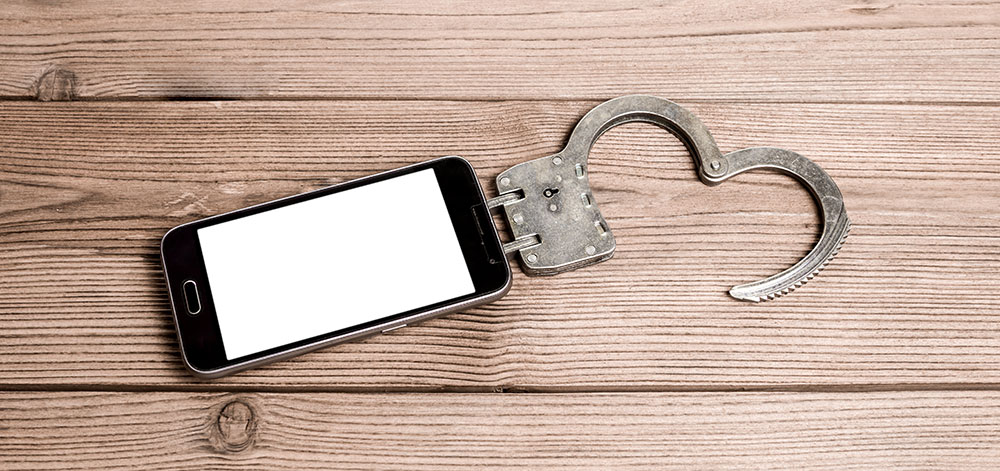by John Onorato (ghostwritten for Toshiba)
Have you heard the term “nomophobia?” Perhaps, perhaps not. This is an actual thing, though: Nomophobia refers to the fear of being out of mobile contact, due to a user having no network coverage, losing their phone, running out of battery life or not having credit.
The word itself is an abbreviation of sorts, standing for No Mobile Phone phobia. It makes the language geek in me cringe, as it should properly mean “an irrational fear of the law.” (Nomos, in Greek, means “law.”) Still, there’s no accounting for taste, or Internet pundits, for that matter.

Apparently this is a big problem, as well. 47% of 2,163 women assayed have this fear, and 58% of men have it too. The level of fear participants experienced compared to those experienced on wedding day, trips to the dentist, and so on.
Of course, in many cases, this may not be an actual fear — or phobia — but may be simply a more typical anxiety. Yet still, this points to dual growing trends in Western culture — those of mobile phone overuse and Internet addiction disorder.
So the question is — is this a real problem? And if it is, should we address it? How?

To be sure, mobile productivity applications and cloud-enabled networks, along with Unified Communications technologies and others enable workers to “make better use of their time.” They can email while standing in line at the grocery store; they can work on a presentation while waiting for their car to be serviced; any idle bit of time can be transformed into a moment of productivity.
The downside to this, though, is that it’s disconnecting humans from one another, and pulling our focus into devices, a million miles away from the people standing right next to us. We’re increasingly addicted to our tech, many enterprises having workers that are spending every free moment tweeting, emailing, and chatting, with the line demarcating work-related tasks and personal ones growing more blurry all the time.
Mobile devices are great ways to give us things to do. Many times those things are even quite useful. Too often, though, these devices take priority over the other people in the room with their users. This is enough of a problem in a social setting; in a business setting, it can be disruptive and even insubordinate.
Again — how do we deal with this easy-to-distract workforce?
The first thing that needs to be done is basic parameters need to be laid down. Like what parents do with children, ground rules for good screen time habits need to be set. Firm corporate expectations need to be established. Let your employees know, for example, that it’s your priority that your company be seen as on-task during meetings. In other words, no phone use during meetings, especially when clients are present. Of course there are extenuating circumstances; information needs to be looked up, and so on. Phones are indeed useful tools. But when that situation is dealt with, put the phone away. And for heaven’s sake, no personal use.

Simply put, boundaries need to be set.
Another possible strategy might be to try convert disruptive habits to a more collaborative and productive effort. Take, for example, business VoIP applications. Most of them offer cost-effective ways of maintaining constant communications, and even collaboration between departments. There’s video conferencing, SMS, IM, and the various features of UC as well. So if, by their own choice, your employees are going to be cyborgs anyway, you might as well leverage that to your advantage.
For instance, do you have an employee that’s overloaded with work? Try shifting some of that over to one of your more smartphone-addicted workers, and you’ll have a shot at remediating two problems at the same time.
And of course, there’s always the last step: Bringing in an outside expert to talk about device etiquette in the digital age. They can also deliver talks on how to deal with addictions to their devices, and actually get more done … instead of simply checking their phones 110 times a day.

